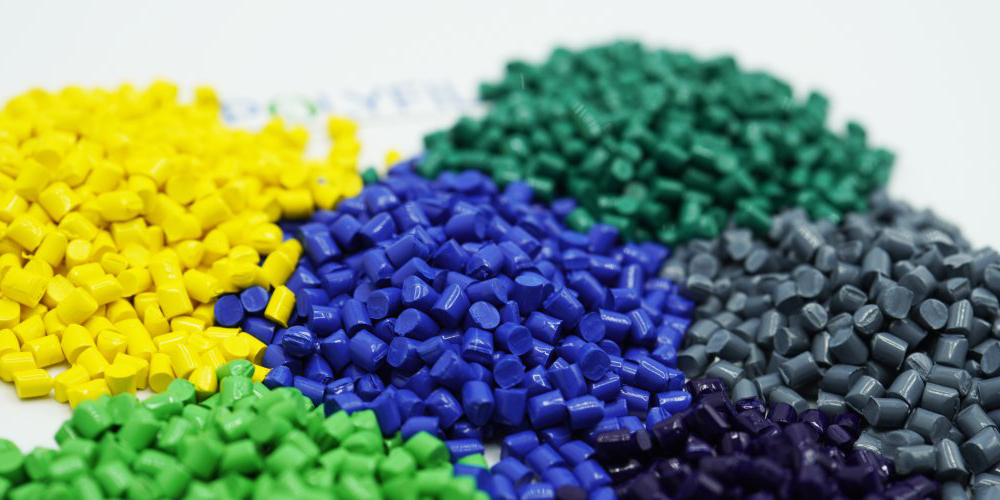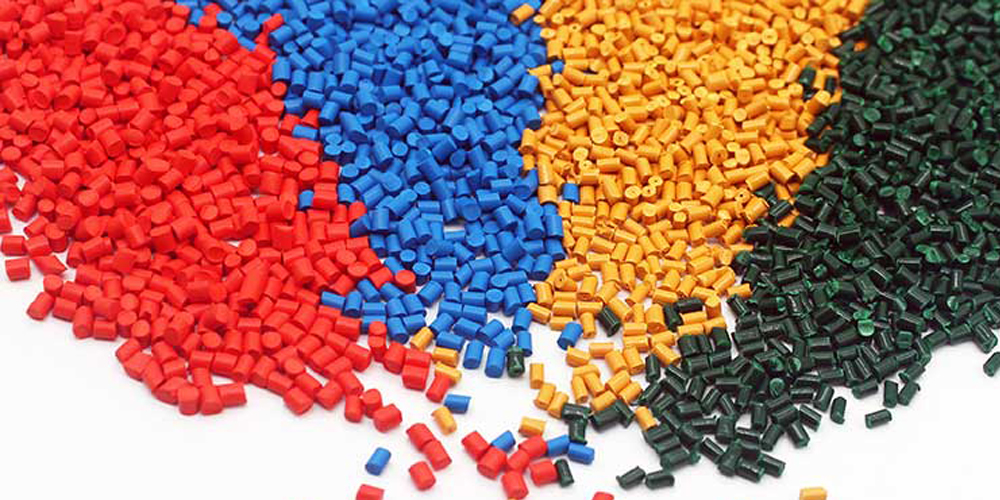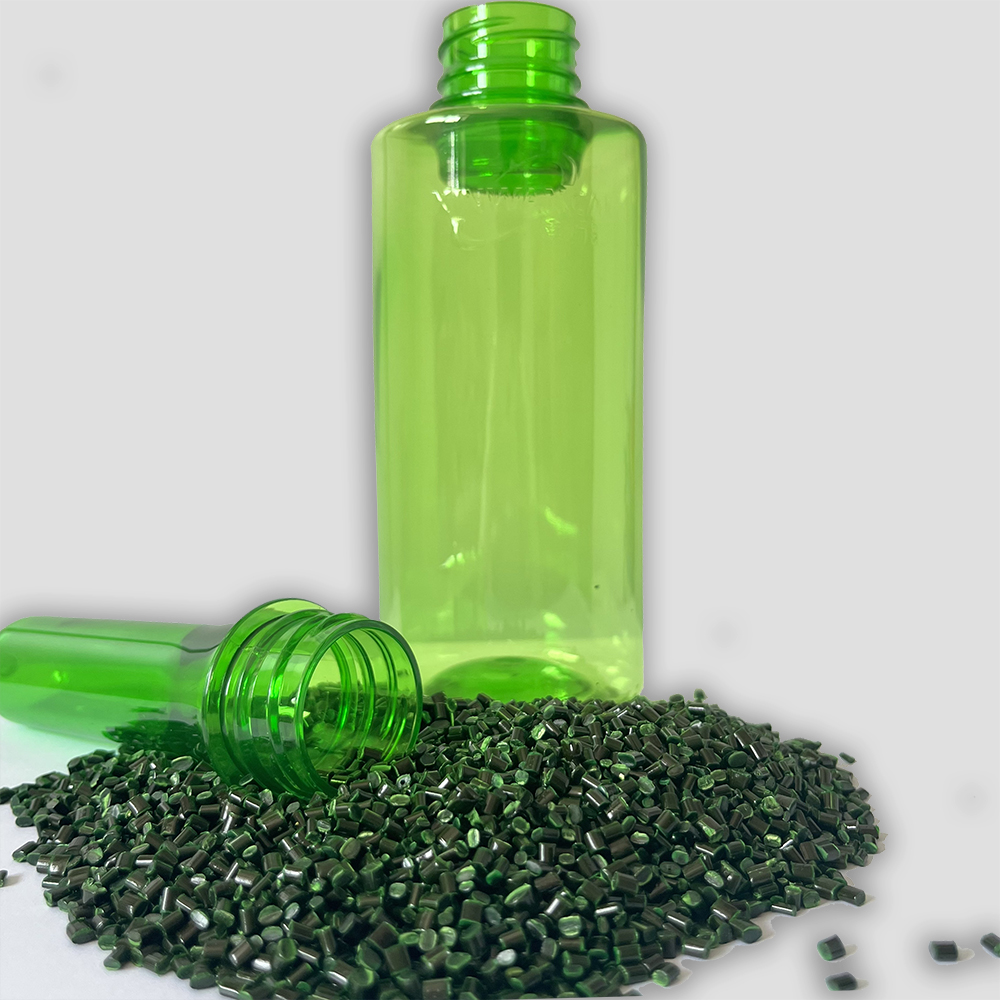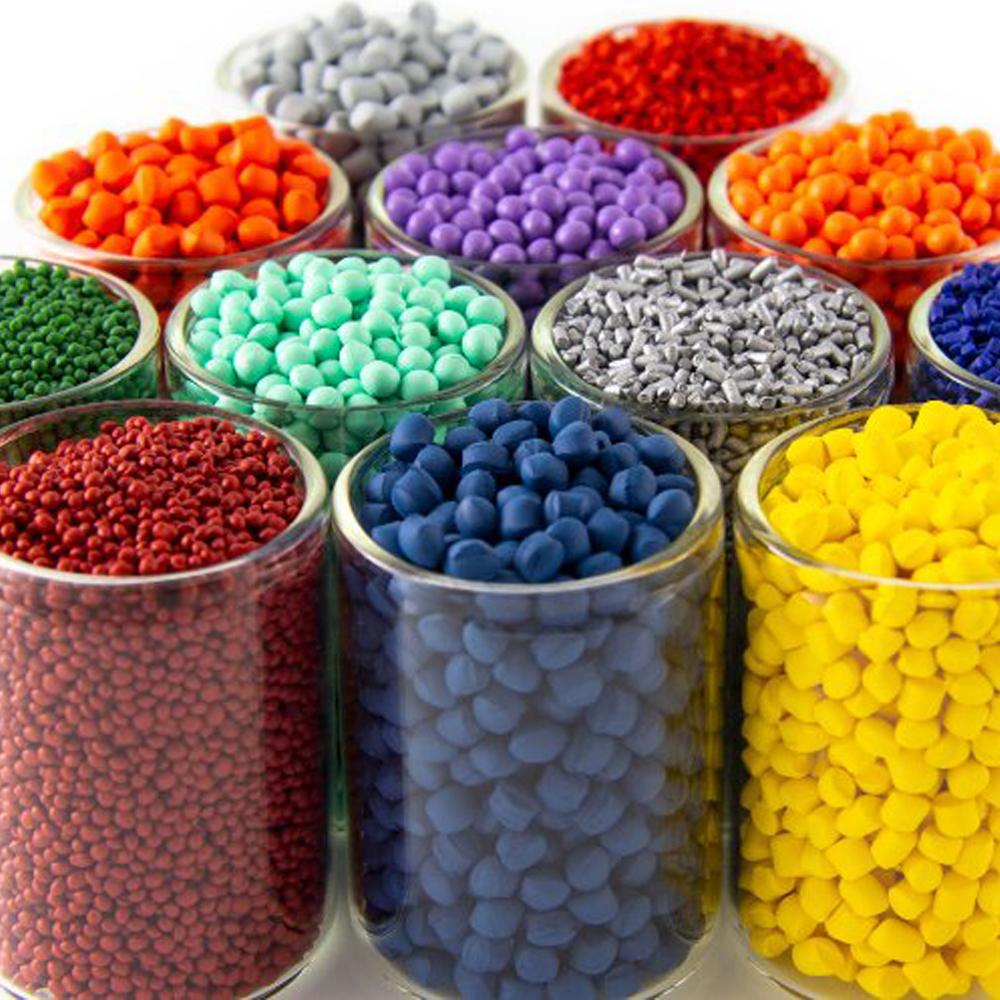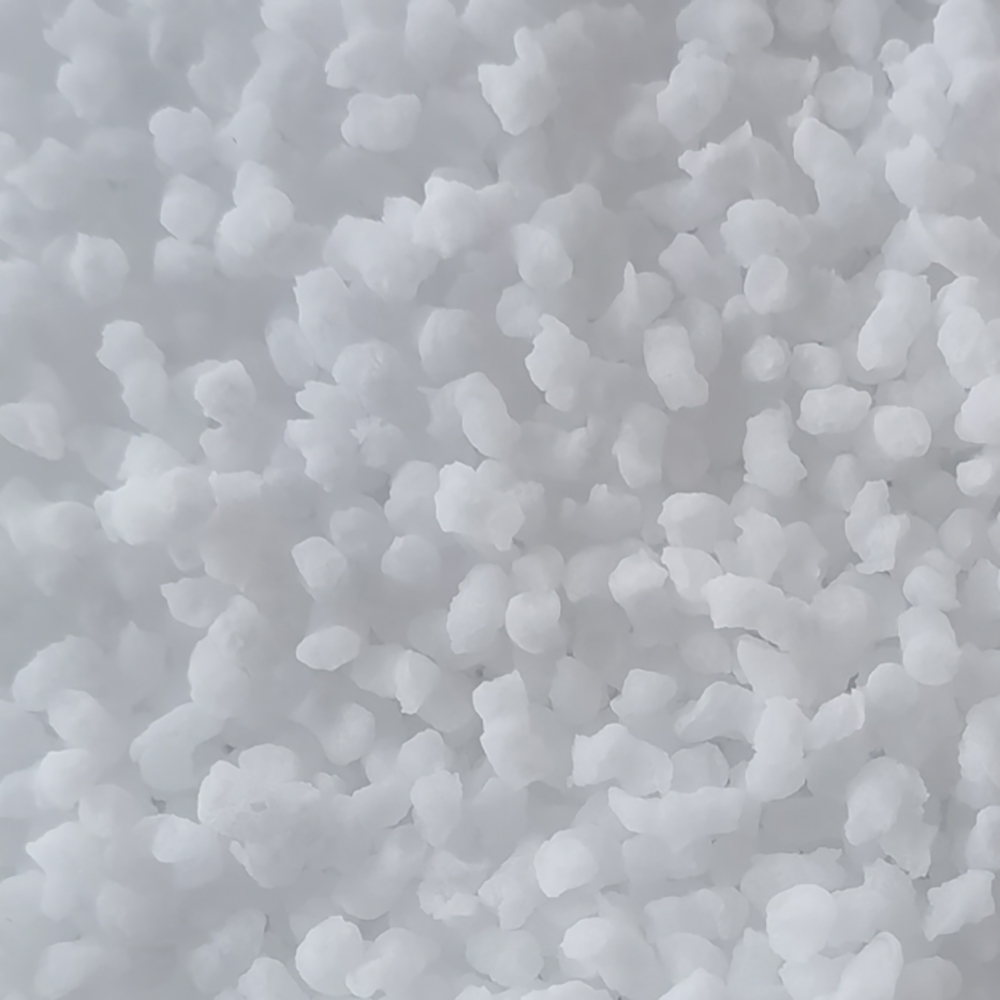
Understanding the Styrene-Isoprene-Styrene Copolymer
Styrene-Isoprene-Styrene (SIS) copolymer represents a transparent, sequential polymer composed of styrene and isoprene units, primarily utilized in the formulation of adhesives, sealants, and coatings. Its compatibility with a range of materials such as hydrocarbon resins, plasticizers, and additives makes it an ideal candidate for various industrial applications.


